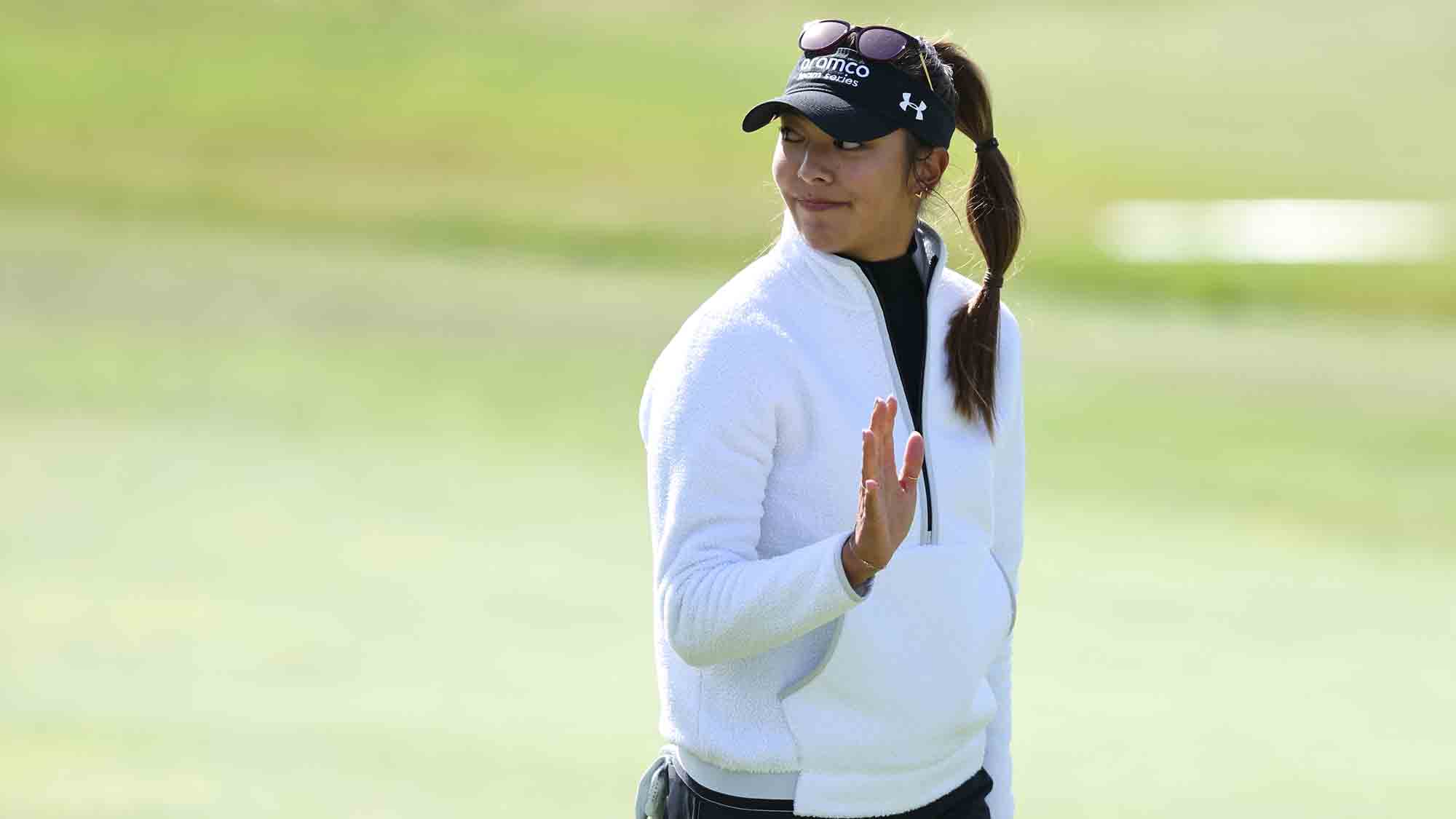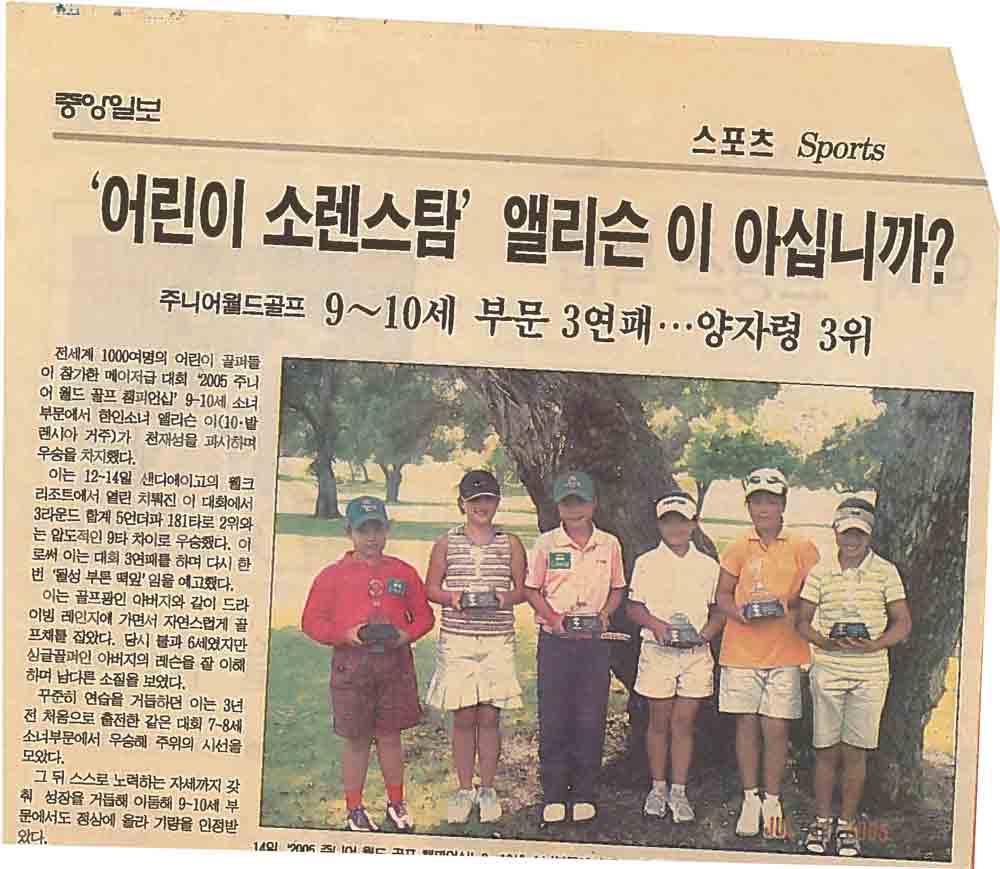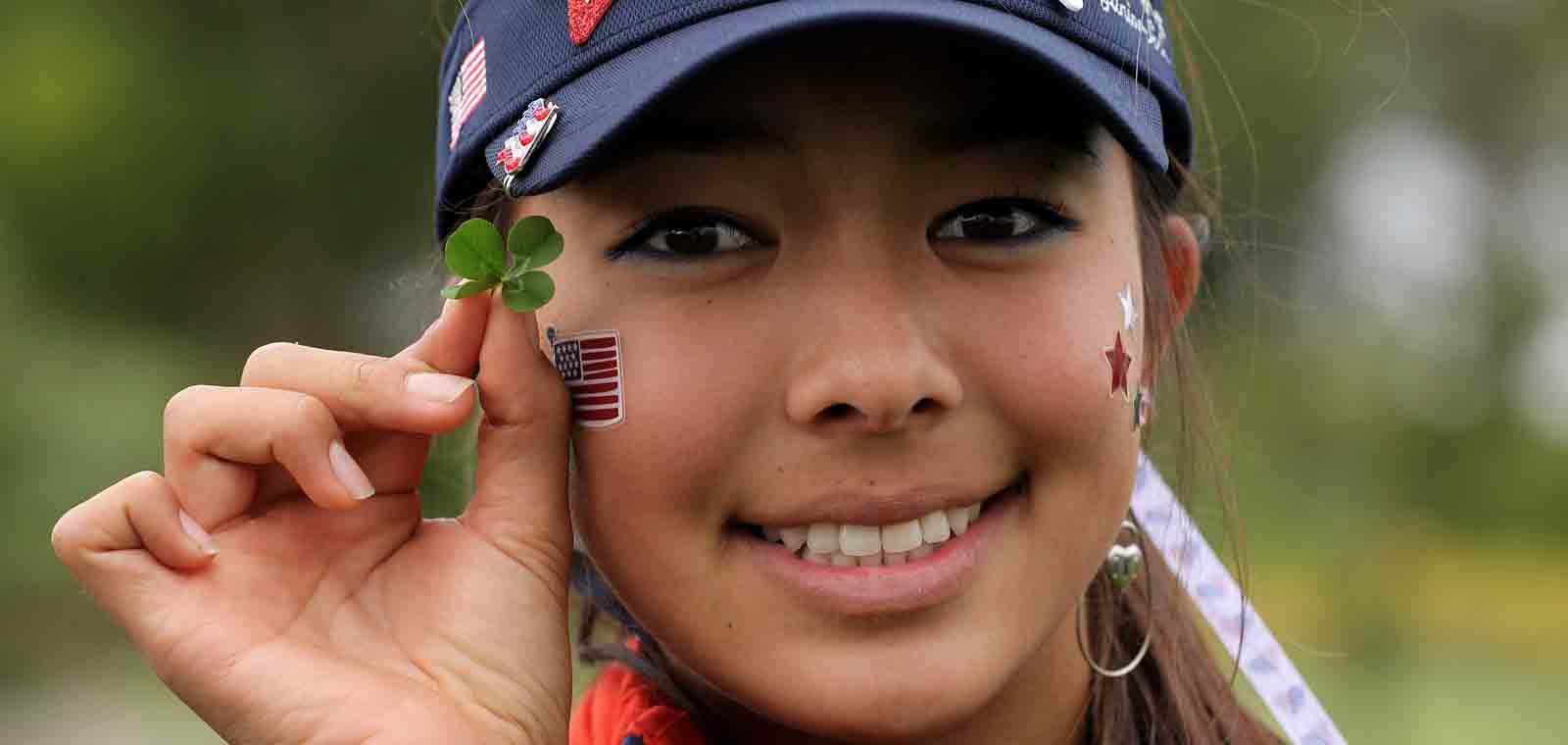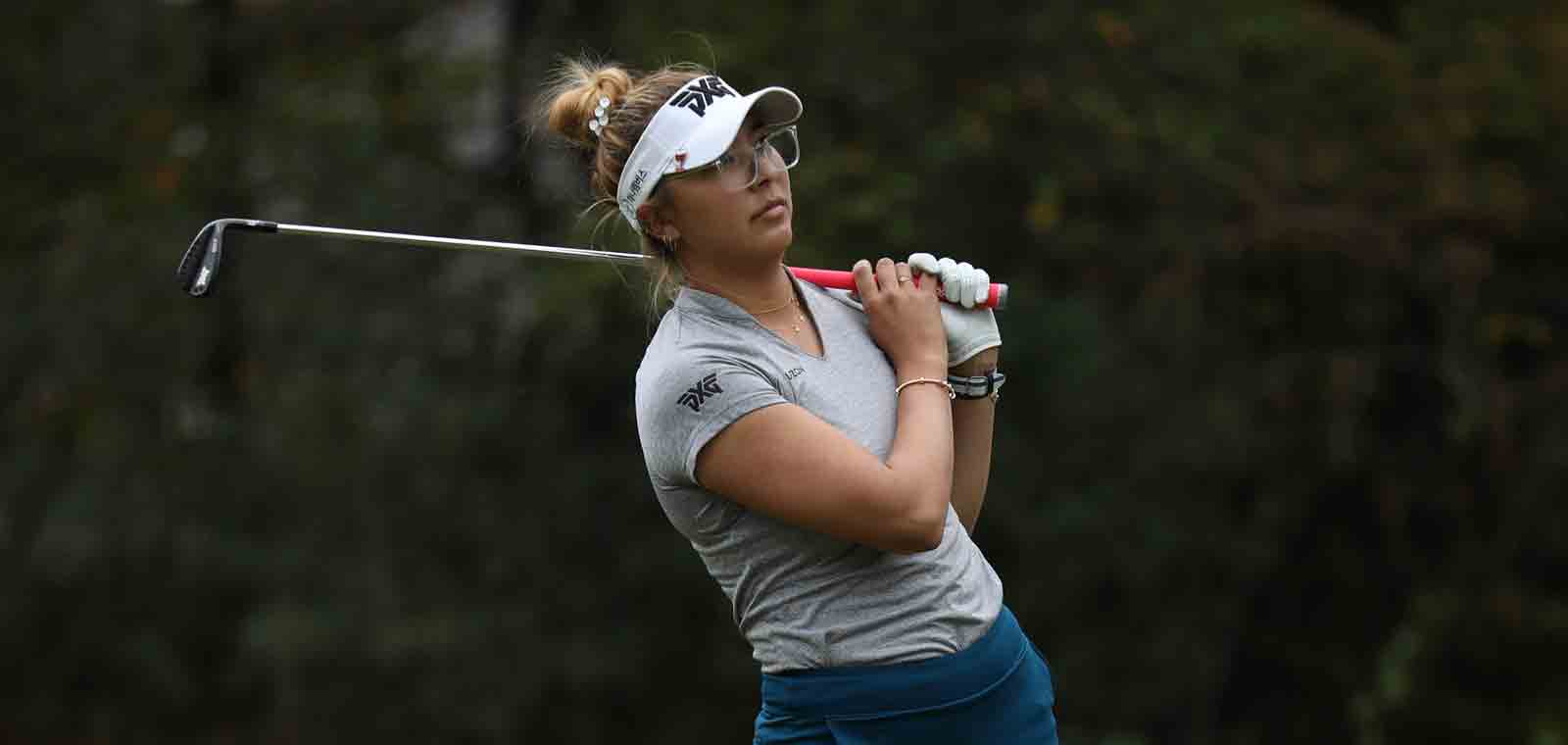LPGA Reflections: Two Sides Of An Unforgiving Game
May 23, 2022

By:
Alison Lee
Alison Lee is an eight-year veteran of the LPGA Tour and a member of the victorious 2015 U.S. Solheim Cup team.





May 23, 2022

By:
Alison Lee is an eight-year veteran of the LPGA Tour and a member of the victorious 2015 U.S. Solheim Cup team.




